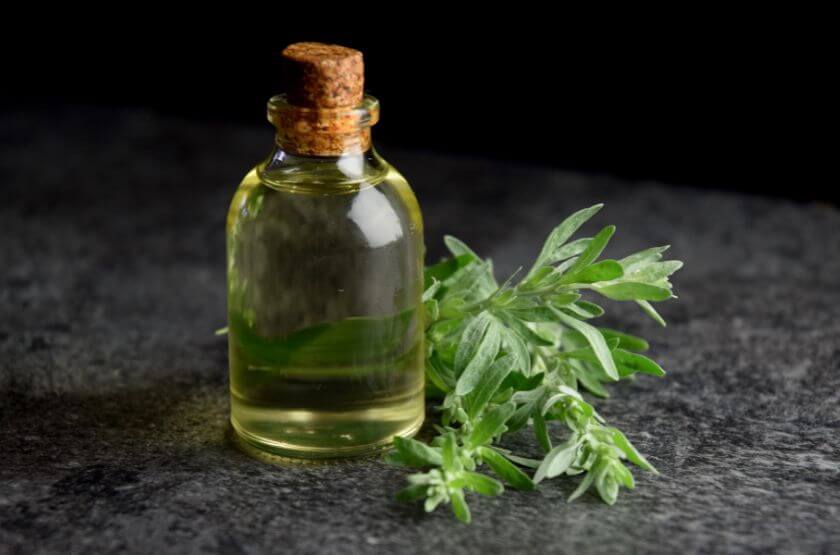
Wormwood (Artemisia absinthium), a key ingredient in the production of absinthe along with a high alcohol and anise-flavored spirit. The process of making absinthe involves using a combination of botanicals, with wormwood being a significant contributor to both the flavor and the traditional green color of the drink. Here’s a simplified overview of how wormwood is used in the production of absinthe:
Distillation Base – The primary base for absinthe is ordinarily a high-proof alcohol, such as neutral grain spirit.
Botanicals – Besides wormwood, absinthe routinely includes other herbs and botanicals like anise, fennel, hyssop, and various additional flavoring agents. Anise adds a licorice-like taste and fennel adds a sweet and slightly spicy element.
Wormwood Infusion – Wormwood is macerated or infused in the base alcohol to extract its flavors and aromatic compounds. The maceration process will last for days. This allows the alcohol to absorb the unique characteristics of wormwood.
Distillation – The macerated mixture is then distilled. The distillation process helps separate and concentrate the essential oils and flavors from the botanicals, including wormwood. It’s a crucial step in creating the distinctive character of absinthe.
Coloration – Absinthe is known for its vibrant green color, achieved through the addition of various herbs, including chlorophyll-rich botanicals like petite wormwood, hyssop, and melissa. The green color is not directly derived from Artemisia absinthium (common wormwood), but other wormwood species may contribute to the overall color profile.
Dilution and Bottling –
After the distillation process absinthe is often diluted with water to achieve the desired alcohol content. This causes the drink to louche. This effect is a characteristic feature of absinthe.
Note: The production of absinthe may vary among distillers, and regulations regarding the use of certain ingredients, including wormwood, can differ by region. The inclusion of thujone, a compound found in wormwood, may also be regulated. Excessive amounts can be toxic. Often, distillers often adhere to specific guidelines and standards to ensure the safety and legality of their products.


